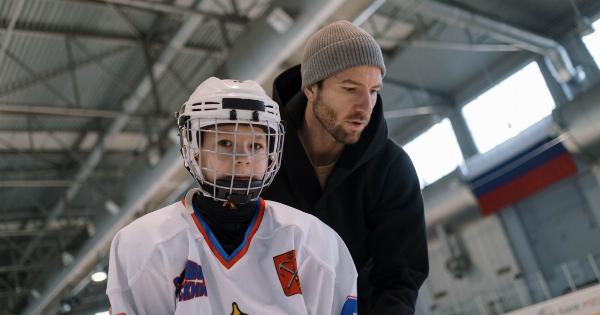Establishing a safe and positive relationship between children and dogs is essential for fostering a harmonious coexistence.
Dogs are loyal, loving, and can provide numerous benefits to children, including teaching them responsibility, empathy, and companionship. However, it is crucial to ensure that interactions between children and dogs are safe, respectful, and well-supervised to prevent any potential risks or misunderstandings.
This article will provide valuable insights, tips, and guidelines on how to establish a secure and positive relationship between children and dogs.
1. Choosing the Right Dog Breed
When considering a family pet, it is important to select a dog breed that is known for being good with children. Some breeds are naturally more patient, gentle, and tolerant, making them suitable companions for youngsters.
Breeds like Labrador Retrievers, Golden Retrievers, Beagles, and Collies are often recommended for families with children.
2. Socialization and Training
Proper socialization and training are critical for both dogs and children. Expose your dog to various people, environments, and situations from an early age to help them become comfortable and confident.
Likewise, teach children how to interact with dogs appropriately, such as not pulling their tails, ears, or bothering them while eating or sleeping.
3. Teaching Boundaries
Establish clear boundaries for both dogs and children. Dogs need their own space where they can retreat when they feel overwhelmed or need some alone time.
Teach children to recognize and respect these boundaries, ensuring that they understand when the dog needs space and that they should not disturb or approach the dog when it is seeking solitude.
4. Supervised Interactions
Always supervise interactions between children and dogs, especially when they are young or unfamiliar with each other. Accidents or misunderstandings can happen even with the most well-behaved dogs.
Being present allows you to intervene if necessary, ensuring both the child and dog remain safe during their interactions.
5. Education and Communication
Educate both your child and yourself about dog body language and behavior. This knowledge will help you understand when a dog may be feeling uncomfortable, scared, or agitated.
Teach your child to recognize signs of distress in dogs, such as growling, barking, cowering, or showing teeth. Encourage open communication and the reporting of any concerning behaviors or incidents involving the dog.
6. Gentle Handling and Touching
Teach children the importance of gentle handling and gentle touch when interacting with dogs. Rough or aggressive handling can lead to fear, aggression, or defensive behavior in dogs.
Teach your child to use soft voices, approach dogs with caution, and avoid sudden movements or gestures that may startle or frighten the dog.
7. Avoiding Food-Related Conflicts
Food aggression is a common behavior among dogs that can pose a risk to children. Teach your children to never approach a dog while it is eating or attempt to take away its food.
This behavior may trigger defensive reactions from the dog, potentially resulting in bites or accidents.
8. Teaching Respect and Empathy
Encourage your child to develop empathy and respect for animals. Teach them to care for the dog’s well-being, including providing food, water, and exercise.
Supervised playtime can also help foster a positive bond between children and dogs, promoting cooperation, kindness, and understanding.
9. Healthy Boundaries for Play
While playtime is beneficial for both children and dogs, it is crucial to establish healthy boundaries for play. Teach your child to avoid games that involve rough play or teasing, such as pulling on the dog’s ears, tail, or fur.
Encourage games that promote mental stimulation, obedience, and physical activity that are enjoyable for both parties.
10. Regular Vet Check-ups
Maintaining the health and well-being of your dog is essential for a safe and positive relationship with children.
Ensure your dog receives regular veterinary check-ups, vaccinations, and appropriate preventative measures to minimize the risk of illnesses or diseases that can affect both the dog and the child.
Conclusion
Establishing a safe and positive relationship between children and dogs requires a combination of education, understanding, and consistent supervision.
By choosing the right breed, providing socialization and training, teaching boundaries, and promoting empathy and respect, you can create a nurturing environment for both your child and your furry friend. Remember, a well-balanced relationship between children and dogs can be a source of joy, companionship, and lifelong lessons for everyone involved.































